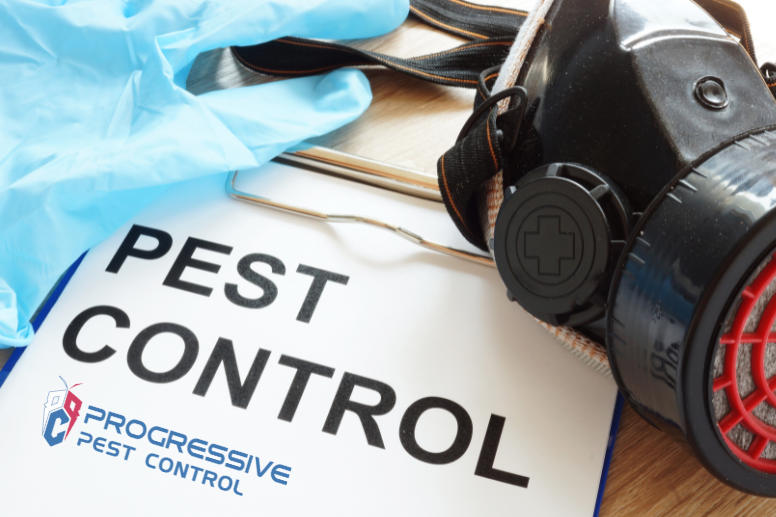Innovative Pest Control Tech: Creating a Pest-Free Future
Pest Control
As a powerful ally in the age-old fight against pests, technology presents fresh approaches to well-worn problems. Throughout history, pests have posed a constant threat to agriculture and modern urban environments by inflicting harm to crops, dispersing diseases, and interfering with daily activities. Using harsh chemicals and indiscriminate approaches in traditional pest control methods has given rise to concerns over the environment, human health, and the emergence of pests resistant to pesticides.
But with the introduction of state-of-the-art pest control service technologies, which promise a paradigm change in our approach to pest management, the tide is shifting. These technologies promote sustainability, environmental stewardship, and compassionate behaviors in addition to providing more focused and effective solutions.
In this article, we will delve into the cutting edge of new pest management technology, finding the innovations that are defining a future in which pest-free surroundings are not just a lofty ambition, but a reality.
Understanding the Pest Problem:
Pest infestations have plagued humanity for centuries, causing substantial damage to crops, spreading diseases, and disrupting daily life. The diversity of pests, ranging from rodents and insects to birds and wildlife, presents unique challenges for control and eradication. Traditional pest control methods have often relied heavily on chemical pesticides, which not only pose risks to human health and the environment but also contribute to the development of pesticide-resistant pests. Moreover, the indiscriminate use of pesticides can lead to unintended harm to beneficial insects and wildlife, further complicating the issue.
Enter Innovative Pest Control Tech:
Fortunately, advancements in technology have paved the way for more sustainable and best pest control solutions. One such innovation is the integration of smart pest control devices equipped with sensors and AI algorithms. These devices can detect pest activity in real-time, enabling proactive intervention before infestations spiral out of control. For instance, smart traps can differentiate between target pests and non-target species, minimizing the risk of unintended harm to beneficial insects or wildlife.
Moreover, advanced detection systems employing cutting-edge sensors and data analytics have emerged as game-changers in pest management. By analyzing factors such as temperature changes, humidity levels, and sound frequencies, these systems can identify pest presence with remarkable accuracy. Leveraging big data and machine learning algorithms, these systems can predict pest outbreaks, allowing for timely interventions and targeted treatments, thus reducing reliance on blanket pesticide applications.
Biological Control Solutions:
In addition to high-tech gadgets, biological control methods are gaining traction as sustainable alternatives to chemical pesticides. Biopesticides, derived from naturally occurring organisms such as bacteria, fungi, and botanical extracts, offer effective pest control without the harmful side effects associated with synthetic chemicals. Furthermore, biocontrol agents such as parasitic wasps and predatory insects can be deployed to target specific pest species while minimizing collateral damage to the environment.
These biological control solutions offer effective pest management and contribute to preserving biodiversity by avoiding the indiscriminate use of chemical pesticides. By harnessing the power of nature's own pest control mechanisms, farmers and pest control professionals can achieve sustainable pest management practices that safeguard both crops and ecosystems.
The Role of Robotics and Drones:
Robotic devices and drones are also playing an increasingly important role in pest control operations, particularly in agriculture and large-scale pest management efforts. Equipped with cameras, sensors, and GPS technology, robotic devices can autonomously scout fields for signs of pest damage, enabling farmers to take proactive measures to protect their crops. These robots can navigate through fields with precision, identifying pest hotspots and providing valuable data to inform pest management strategies.
Similarly, drones offer aerial surveillance capabilities, allowing for rapid detection and mapping of pest infestations over vast areas of land. By providing high-resolution imagery and real-time data, drones empower pest control professionals to identify and respond to pest threats more efficiently. Additionally, drones can be equipped with spraying systems to apply targeted treatments, minimizing pesticide usage and reducing environmental impact.
Integrated Pest Management (IPM) Approaches:
At the heart of many modern pest control strategies lies the concept of Integrated Pest Management (IPM). IPM emphasizes a holistic approach to pest control that combines multiple tactics for maximum effectiveness while minimizing environmental impact. By integrating cultural, biological, and mechanical control methods alongside targeted pesticide applications, IPM seeks to create pest-resistant ecosystems that are less reliant on chemical treatments.
Cultural control methods, such as crop rotation and sanitation practices, help disrupt pest life cycles and create less hospitable environments for pests. Biological control methods, including the introduction of natural predators and parasites, target specific pest species while preserving ecosystem balance. Mechanical control methods, such as traps and barriers, provide physical barriers to prevent pests from accessing crops or structures. By combining these approaches in a coordinated manner, IPM offers a sustainable and effective solution to pest management challenges.
Advanced Pest Detection Systems:
Another crucial aspect of innovative pest control technology lies in advanced pest detection systems. These systems leverage state-of-the-art sensors, data analytics, and artificial intelligence to revolutionize how we detect and monitor pest activity. Conventional approaches to detecting pests frequently depend on visual examinations or manual traps, which can be labor-intensive, time-consuming, and prone to human mistake.
In contrast, advanced pest detection systems and modern pest services offer real-time monitoring capabilities, allowing for early detection of pest infestations before they escalate into significant problems. These systems utilize a combination of environmental sensors, such as temperature, humidity, and sound detectors, to identify subtle changes associated with pest presence. By analyzing the data collected from these sensors, advanced algorithms can detect patterns and anomalies indicative of pest activity, providing invaluable insights to pest control professionals.
Conclusion:
In conclusion, the integration of innovative pest control technologies marks a significant step towards achieving a pest-free future. By leveraging smart devices, advanced detection systems, biological control solutions, robotics, and drones, we can optimize pest management strategies while minimizing environmental impact. Embracing these technologies is not just a matter of convenience but a necessity in our ongoing quest for sustainable pest control solutions.

